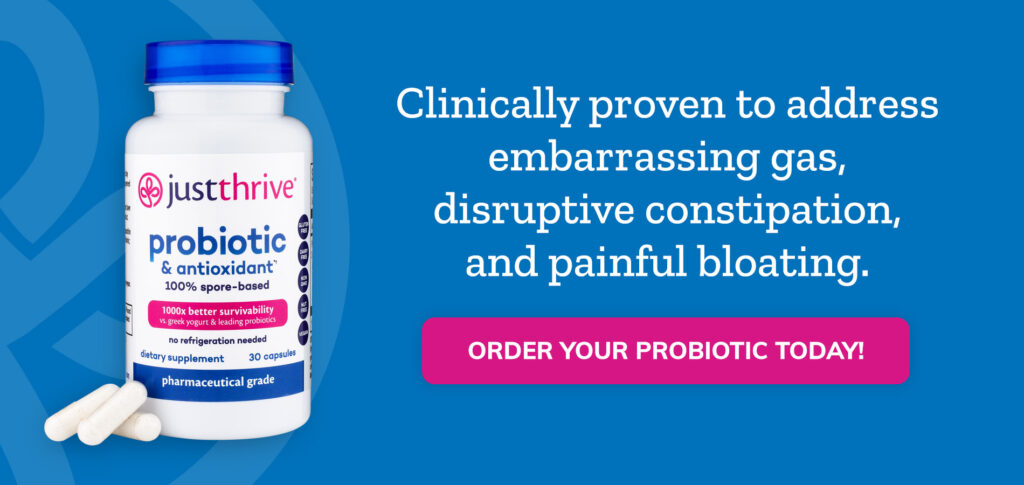Table of Contents[Hide][Show]
The medical community, and society as a whole, are coming around to the generalized importance of gut health. But since it’s probably been a long time since any of us have taken 8th grade biology, you may not even remember how the gut functions.
Health insurance is expensive. Doctors, expensive. Surgery, expensive. Buying supplements you read about online and letting them languish in your medicine cabinet, expensive.
What’s cheaper and more effective is understanding how the digestive system works — everyone’s. Once you have a handle on what happens during each of the four phases, it can be easier to determine where there’s a breakdown in communication.
In this post, we’re going to look at the four phases of digestion.
Phase 1: Intake
Everyone knows you have to eat to start the digestive process. But did you know that how you eat factors into your gut health quite a bit?
At the inception of human design, our lives looked very different from what they look like now. We ate according to circadian rhythms and our own body. When you were hungry in the morning, when you needed sustenance to get through the day and continue working, and as the sun was going down and all the food had been prepared.
Since life has changed a bit since then, it’s important to remember that in the days before we had to grab a bite between meetings, polish off the snack our toddlers didn’t finish in the car, or eat a big meal right before bed to “help us sleep,” we:
- Chewed our food a lot. In fact, the consensus in the medical community is to chew food around 32 times per bite.
- Stayed hydrated throughout the day to ensure we had adequate saliva to assist us in dissolving food. Saliva contains a specific enzyme called “amylase” which helps break down carbohydrates into sugar. It also makes it easier to swallow food.
- Took much smaller bites. No one should be wolfing down their food at warped speeds. The longer it takes you to eat your meal, the sooner you’ll be able to recognize that you’re full.
- Ate in peaceful states. We weren’t anxious when we were eating. We ate as we woke up and prepared for the day, and we ate as we sat down, tired from exercising all day.
Phase 2: Breakdown
Saliva begins this process. But breakdown continues down the esophagus and into the stomach. Food enters the stomach through peristalsis, which is a contraction and relaxation of muscles that runs down a tube in a wave formation.
There are two types of processes in digestion: mechanical and chemical. We’ve gone over the mechanical — chewing and grinding with teeth.
What happens in the breakdown is largely the chemical process, when the partially-digested food meets the acidic gastric and pancreatic juices secreted by the stomach. At the molecular level, these secretions break down the food into even smaller bits of nutrients so that they can be absorbed.
If you’re having trouble with digestion (and we all know what that feels like — tight chest, heartburn, roiling tummy), here are some easy remedies for digestion:
- Hydrochloric acid digestion tablets
- Bitters, like Gentian, Burdock, Agrimony, Chilcuague, Licorice, and Dandelion
- Apple cider vinegar
But mostly, pay attention to the food you’re eating and how easy, or hard, it is for your body to try and break it down into nutrients.
If you’re making your body eat fast food three times a day and fight to get nutrients out of that, there’s a reason your tummy is suffering.
In fact, if you notice that indigestion is something you commonly experience, try giving your gut a break and eating simple foods and snacks with only one or two ingredients: apples with honey, avocado, carrots and hummus.
Check out part 2 of this article to explore the last two phases of digestion, what they feel like, and how to make them run like a well-oiled machine.

